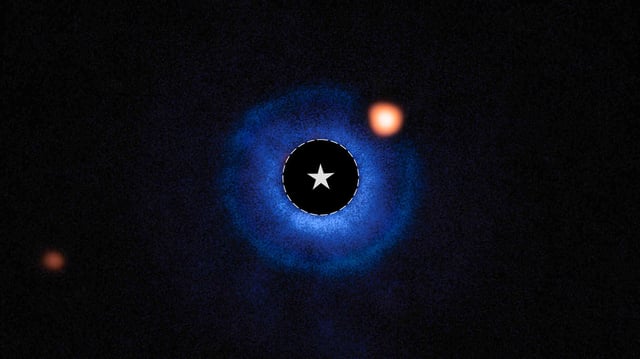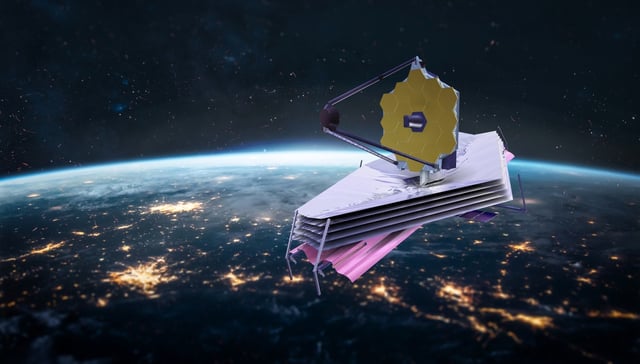Overview
- TWA 7b is the lightest exoplanet directly imaged so far, with about 0.3 Jupiter masses—comparable to Saturn.
- The planet orbits roughly 50 astronomical units from its 6.4-million-year-old host star, which lies about 110 light-years from Earth.
- Researchers employed Webb’s MIRI instrument with a coronagraph to suppress stellar glare and detect the planet’s infrared heat signature.
- TWA 7b was found within a gap of one of three dusty rings around its star, indicating it influences the protoplanetary disk’s structure.
- This first direct capture of a sub-Jupiter-mass exoplanet showcases Webb’s ability to probe young worlds and refine planet-formation theories.

